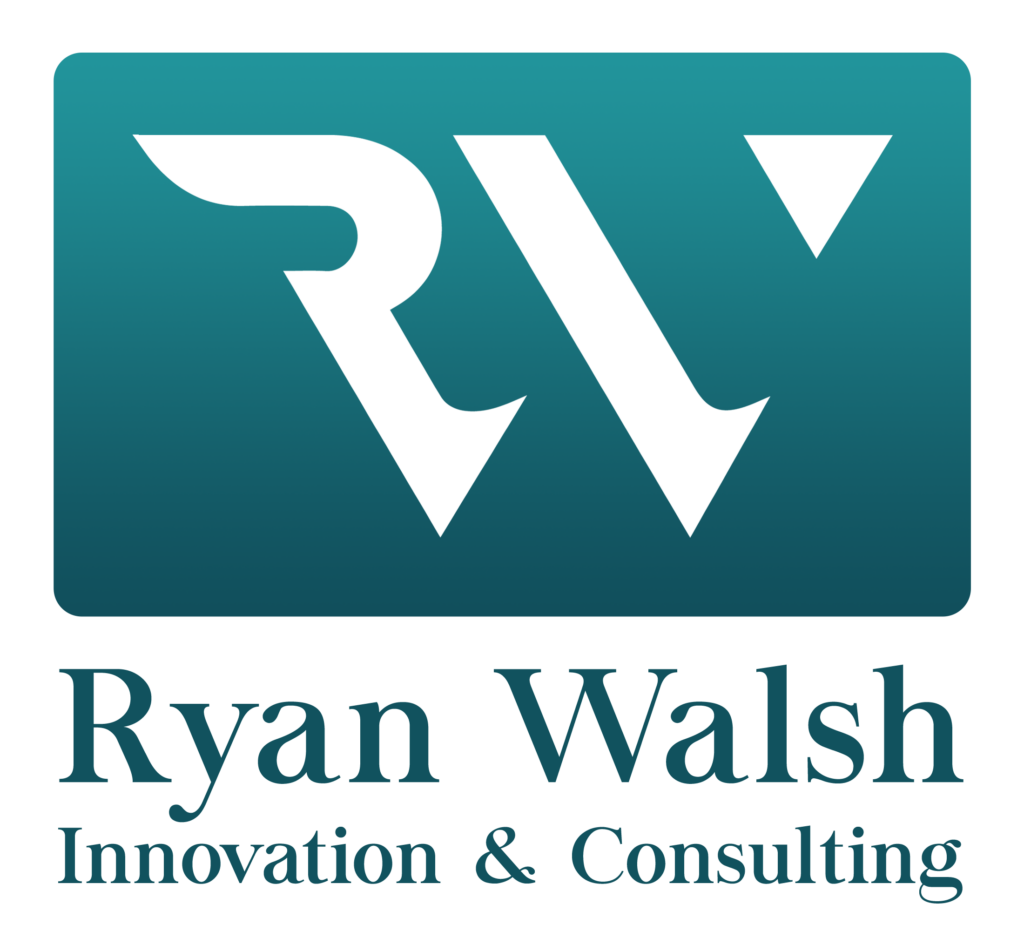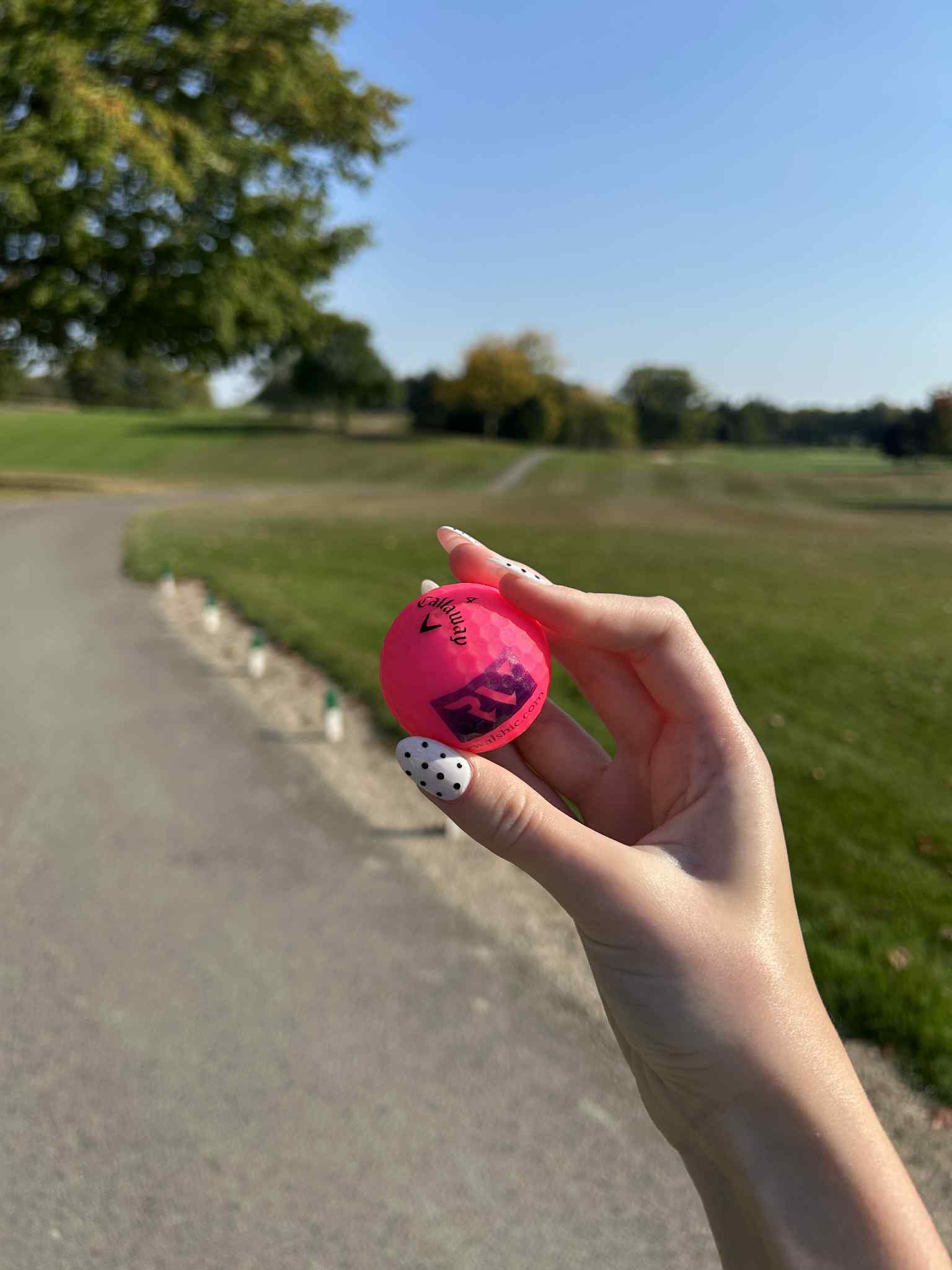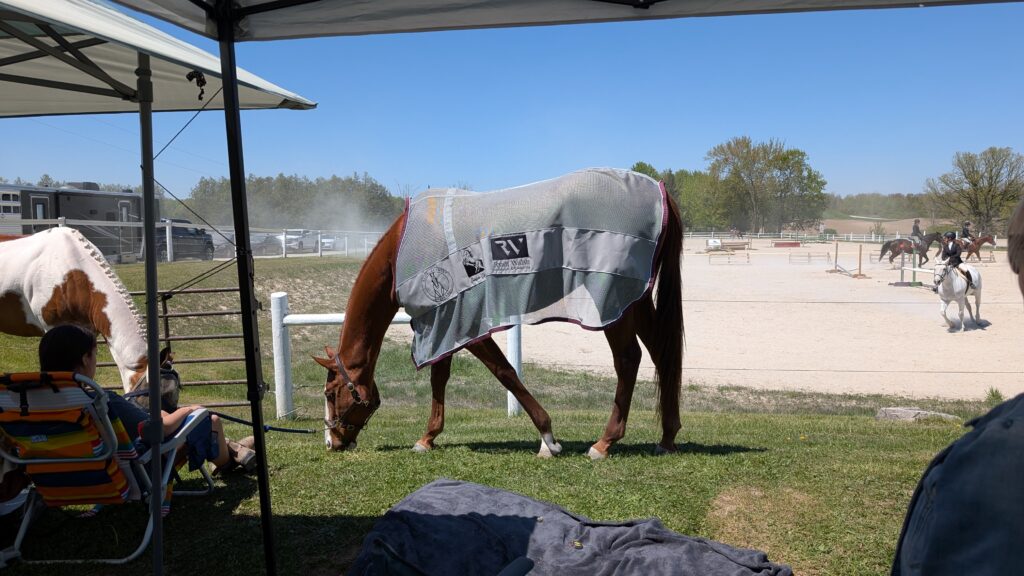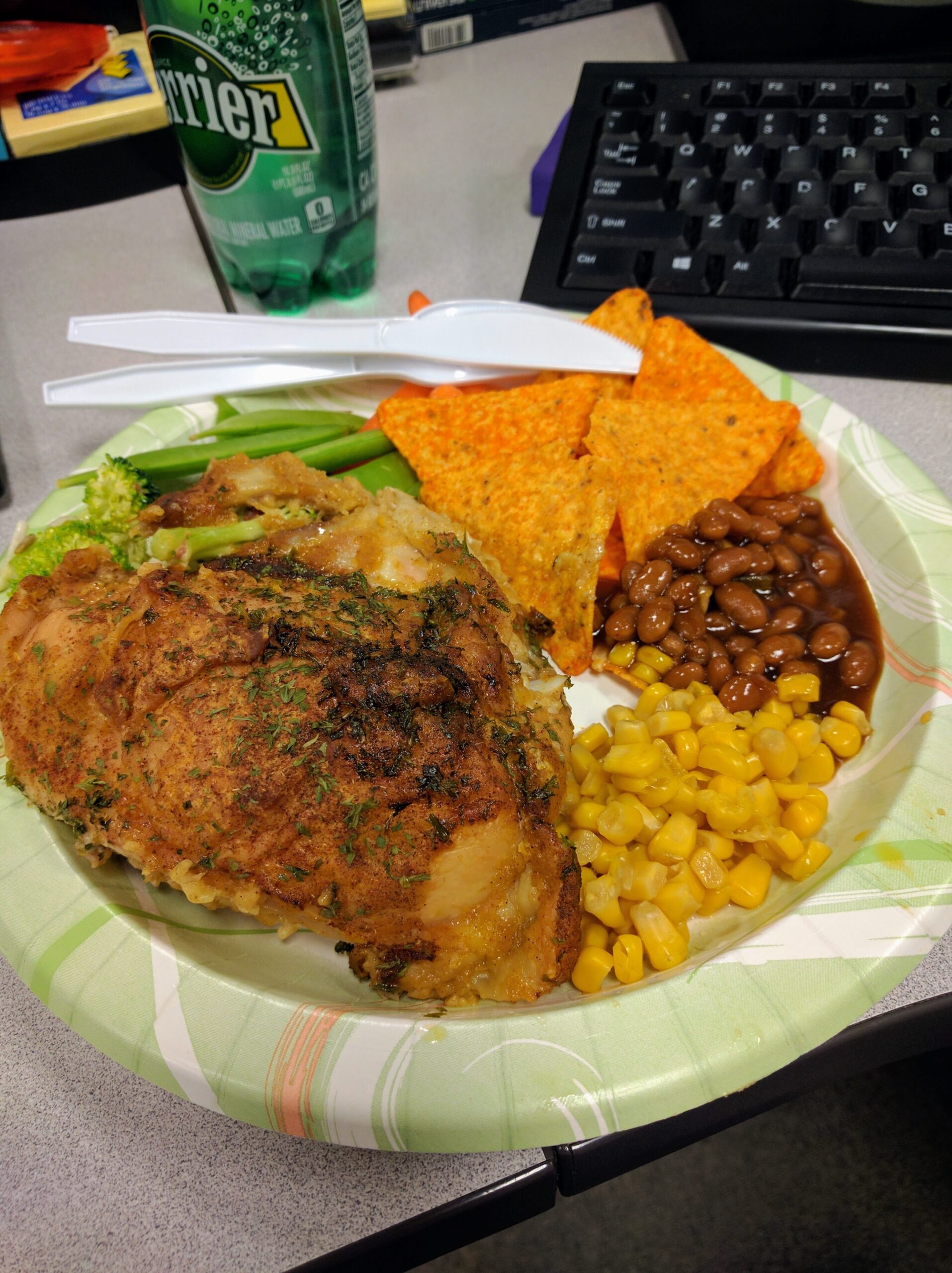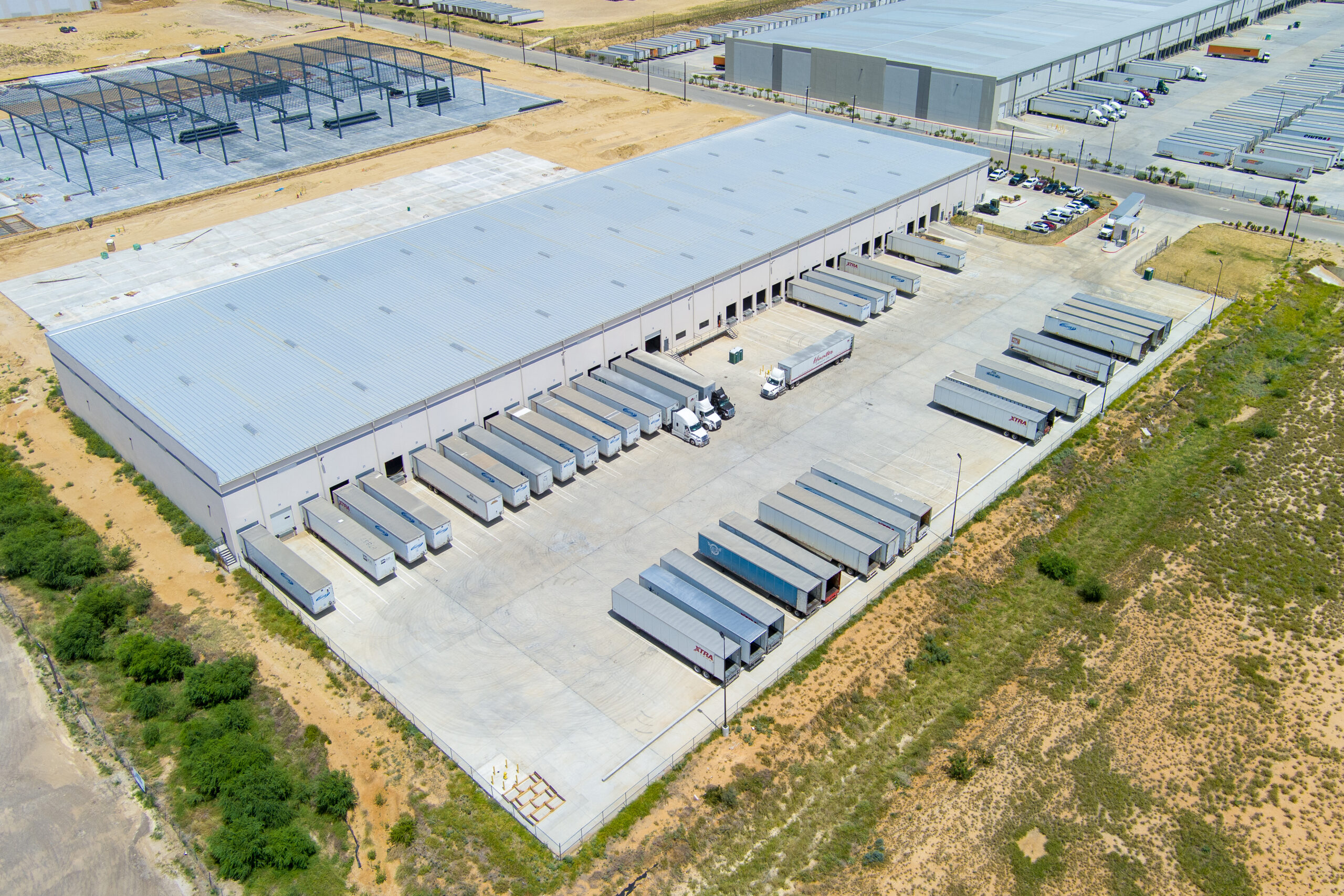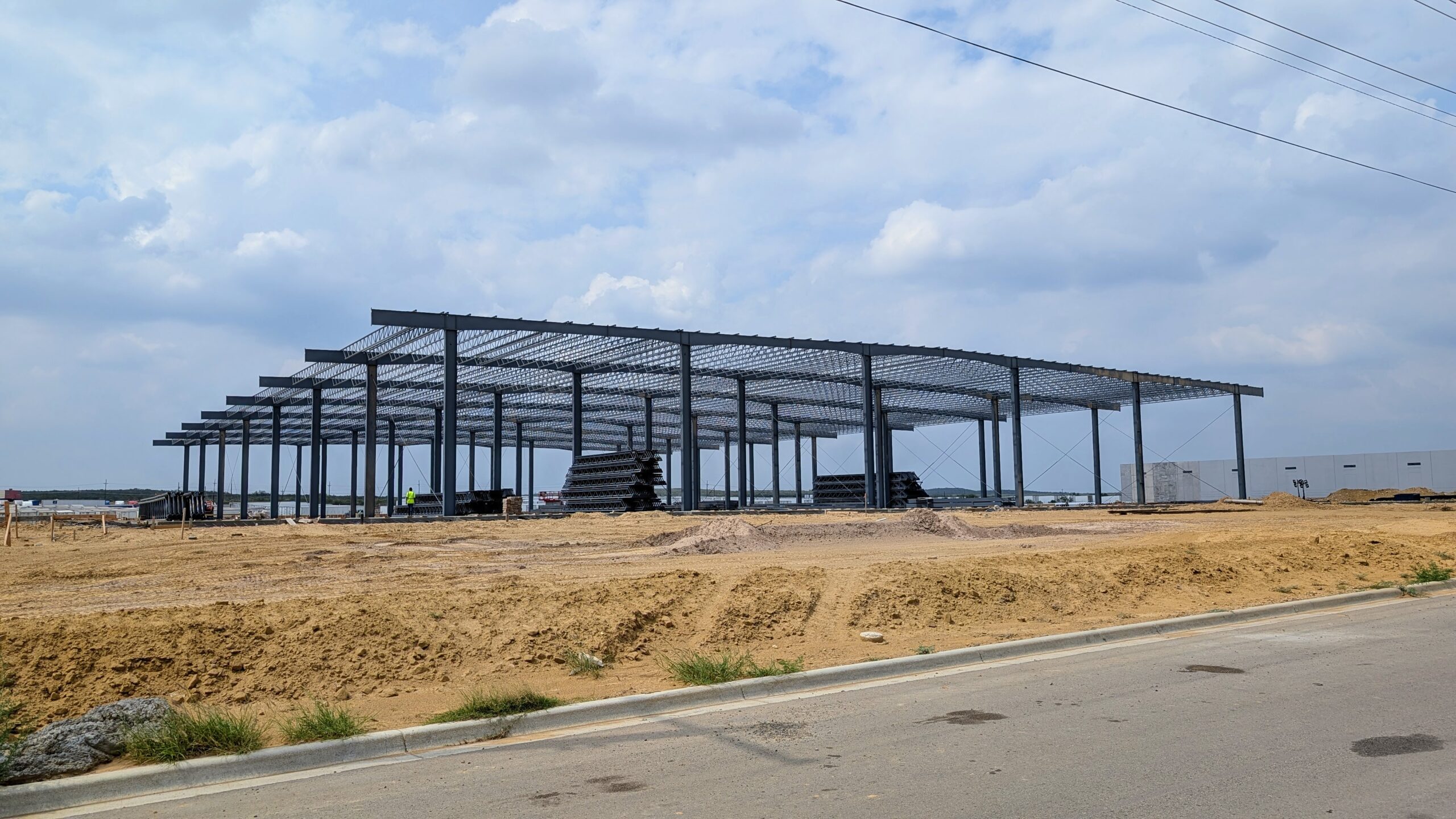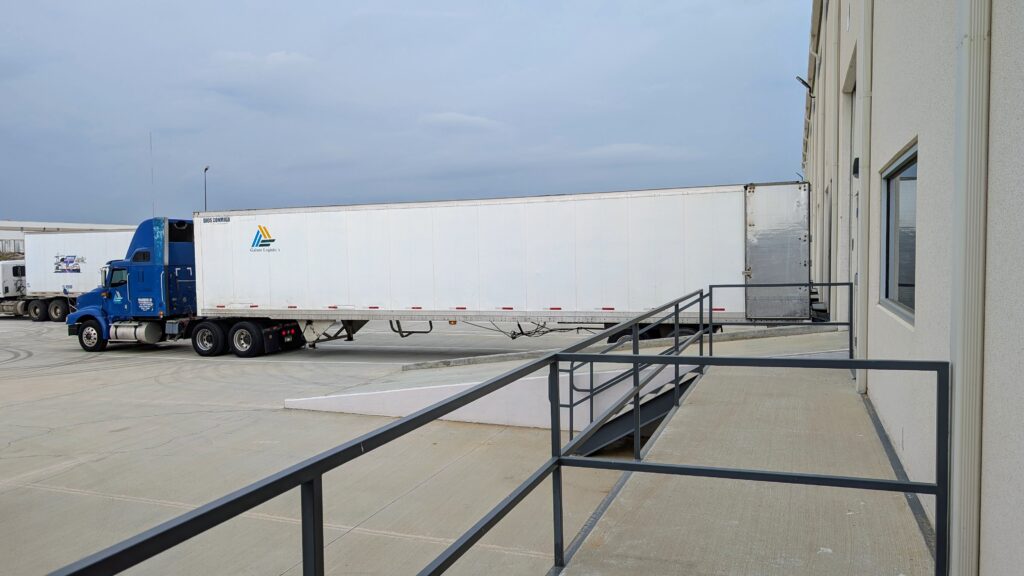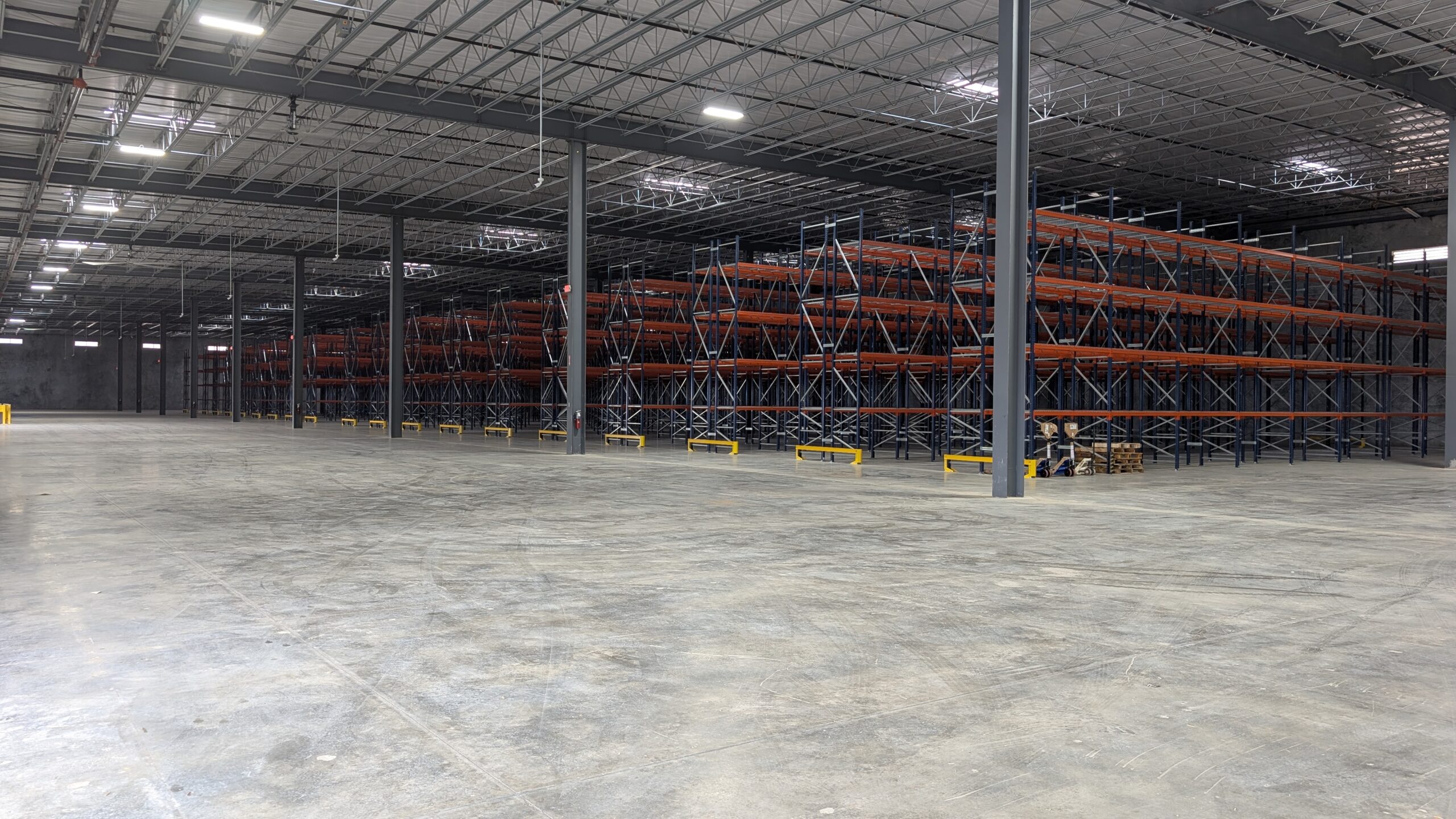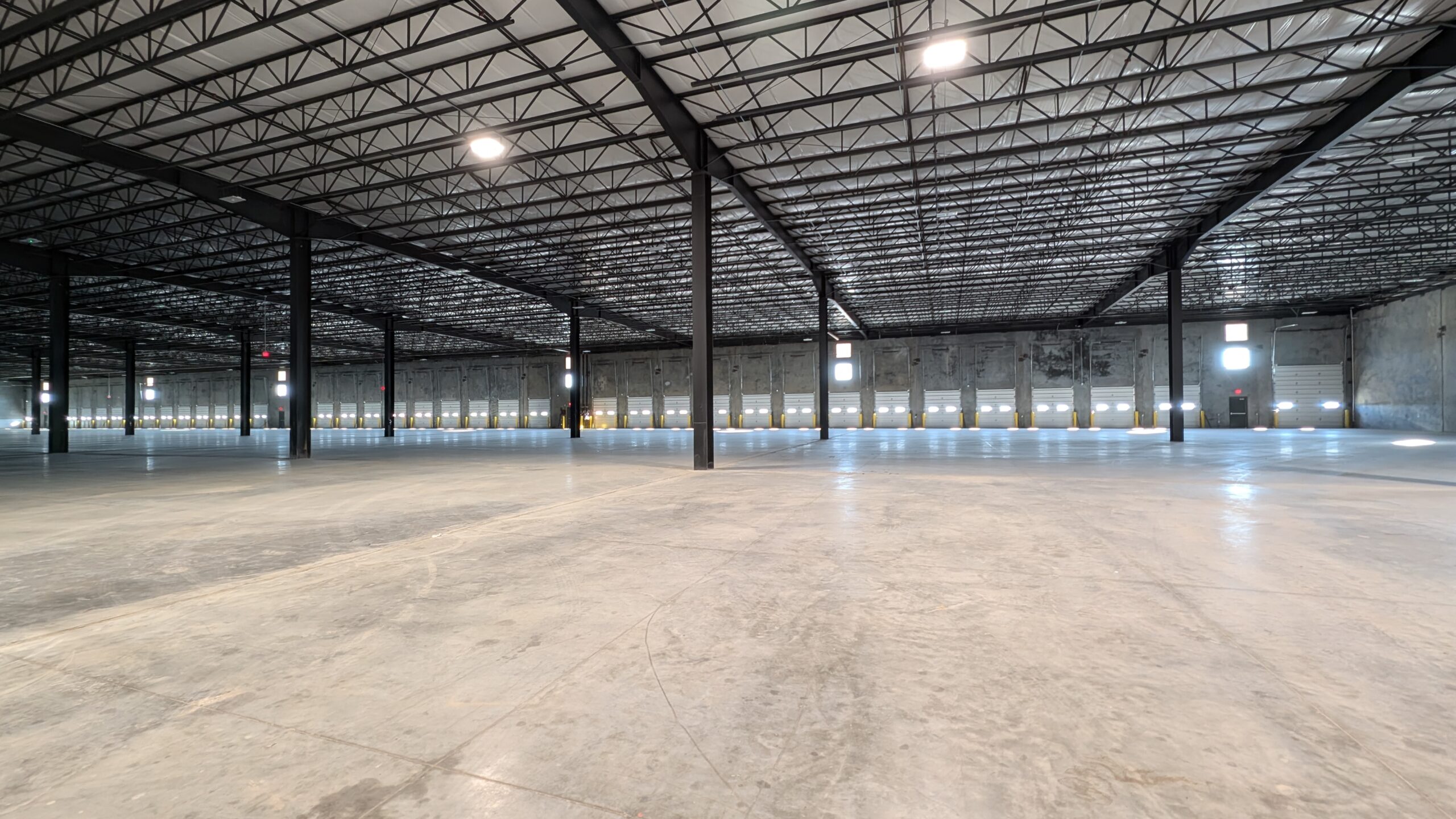Amid the turning colors of fall, a single pink golf ball stands out against the green — a simple reminder that small gestures can carry big meaning. During Breast Cancer Awareness Month, color becomes more than decoration; it becomes a signal of connection and courage. In the same way that a bright mark on the course catches the eye, acts of awareness — even the smallest — invite others to pause, notice, and care.
Awareness has always been about more than information. It’s about presence. In business and in life, awareness keeps us aligned with what matters most — people, purpose, and progress. It helps us see beyond the immediate task and stay attuned to the moments that build trust, empathy, and momentum. Even when awareness campaigns fade from headlines, their message endures: progress depends on attention, and attention begins with noticing.
This season’s changes remind us that courage often lives quietly — in color, in visibility, and in the willingness to adapt. Like autumn’s shift, awareness calls for reflection and renewal. It’s not about perfection or grand gestures, but about staying visible and intentional through every transition.
Awareness isn’t a campaign; it’s a mindset. Whether in community, on the course, or within an organization, the act of noticing — and choosing to act — continues to create impact. Sometimes, the brightest color on the green simply reminds us that even the smallest efforts can lead to meaningful change.
